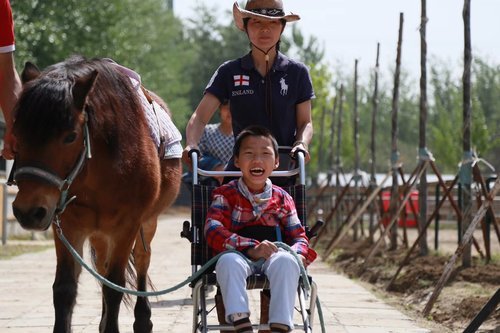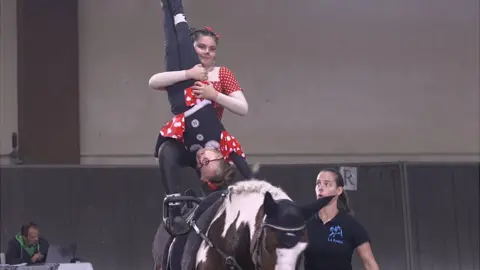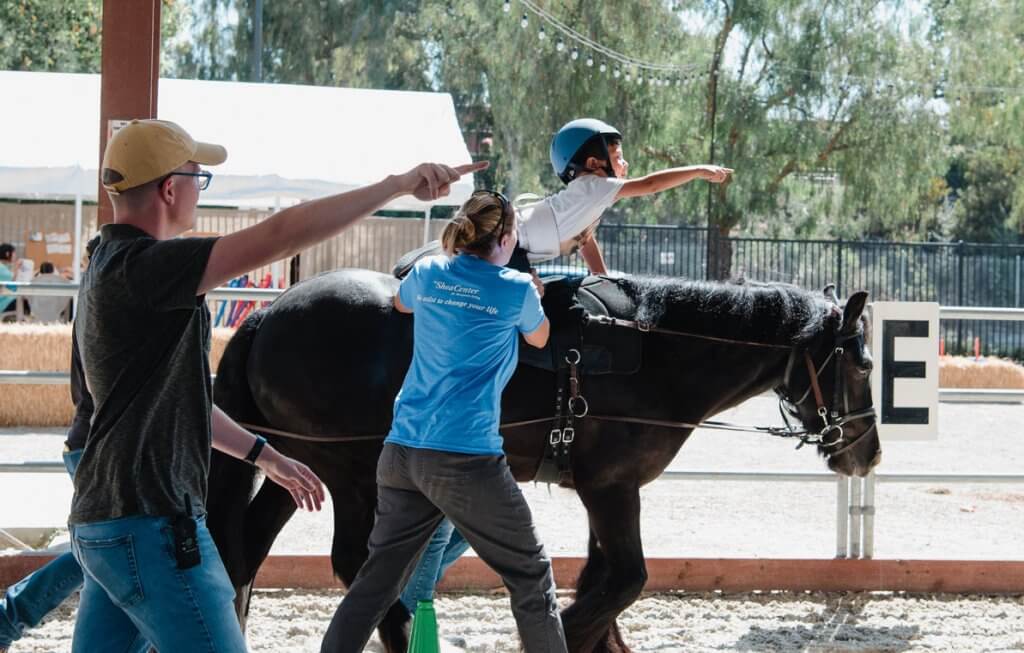Against All Odds: Horses Overcoming Disabilities

Horses are majestic creatures known for their strength, speed, and grace. However, some horses face physical challenges or disabilities that could limit their mobility or quality of life. Despite these obstacles, many horses demonstrate remarkable resilience and adaptability, overcoming disabilities to lead fulfilling lives. This article explores how horses overcome disabilities, the support systems in place, and inspiring stories that highlight their courage.
Understanding Disabilities in Horses

Disabilities in horses can arise from various causes, including congenital defects, injuries, illnesses, or age-related conditions. Common disabilities include:
| Disability Type | Description | Impact on Horse |
|---|---|---|
| Limb Amputation | Loss of one or more limbs due to injury or disease | Mobility challenges, need for prosthetics or special care |
| Neurological Disorders | Conditions affecting the nervous system, such as Equine Protozoal Myeloencephalitis (EPM) | Coordination and balance issues |
| Vision Impairment | Partial or complete loss of sight | Navigational difficulties, increased caution needed |
| Arthritis and Joint Issues | Degenerative joint diseases causing pain and stiffness | Reduced mobility and discomfort |
How Horses Adapt and Overcome
Horses have an incredible ability to adapt to their circumstances. Some ways they overcome disabilities include:
- Prosthetics and Orthotics: Custom-made prosthetic limbs and supportive braces help horses regain mobility.
- Physical Therapy: Regular exercises and therapies improve strength, flexibility, and balance.
- Assistive Equipment: Specialized saddles, carts, or harnesses enable horses to perform tasks despite limitations.
- Environmental Modifications: Adjusting living spaces to be safer and more accessible.
Support Systems and Care
Veterinarians, farriers, and equine therapists play crucial roles in managing disabilities. Their interventions include:
- Diagnosing and treating underlying conditions.
- Designing rehabilitation programs.
- Providing pain management.
- Educating owners on proper care techniques.
Inspiring Stories
Many horses have become symbols of hope and determination. For example:
- Phoenix: A horse who lost a leg but learned to walk and run with a prosthetic limb.
- Shadow: A blind horse that navigates trails confidently with the help of a companion horse.
Frequently Asked Questions (FAQ)
Q1: Can horses with disabilities participate in riding or competitions?
A1: Yes, many horses with disabilities participate in therapeutic riding programs and adapted competitions designed to accommodate their needs.
Q2: How long does it take for a horse to adjust to a prosthetic limb?
A2: Adjustment times vary, but with proper training and care, many horses adapt within weeks to months.
Q3: Are there organizations that support disabled horses?
A3: Yes, several nonprofits and equine therapy centers specialize in caring for and rehabilitating horses with disabilities.
This comprehensive overview highlights the resilience of horses facing disabilities and the dedicated care that helps them thrive. Their stories inspire us to appreciate the strength and spirit of these incredible animals.
